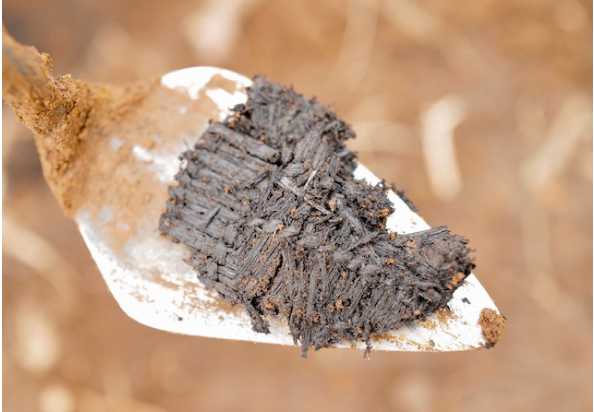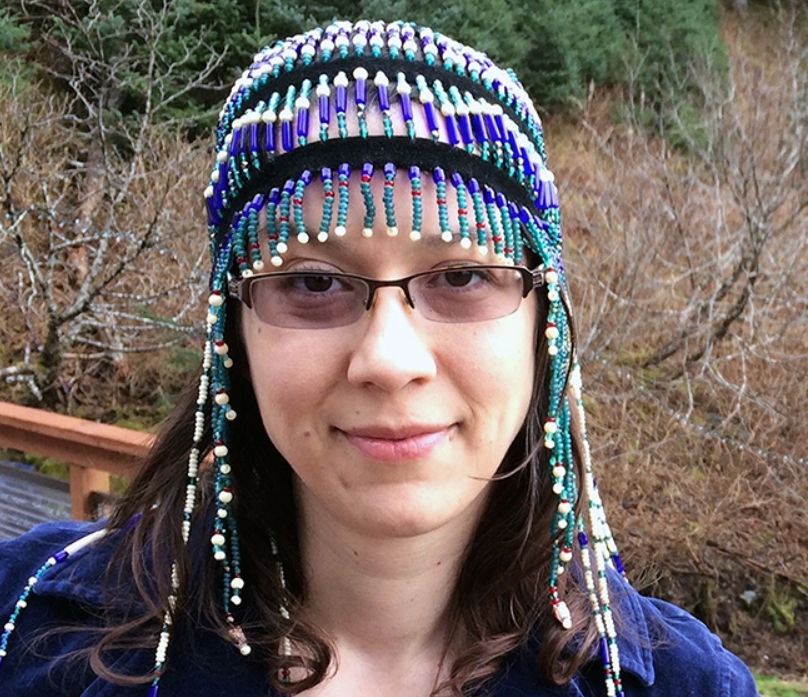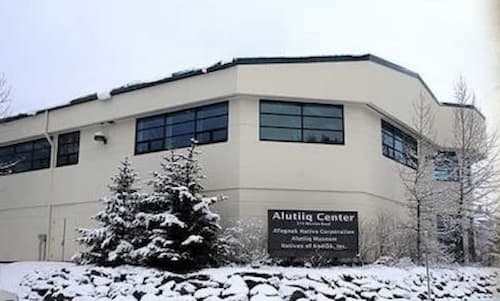
With a $49,301 Tribal Heritage Grant from the National Park Service, the Alutiiq Museum will study the history of Native settlement on Sitkinak Island. The grant, awarded to Koniag, Inc., will support a comprehensive archaeological survey of Sitkinak’s state lands. Research will focus on the coast of the island to locate and document ancestral villages. Fieldwork began May 21st and is led by the museum’s Curator of Archaeology Patrick Saltonstall.
“This investigation is part of the museum’s long-term effort to locate ancestral settlements in partnership with land managers,” said Alutiiq Museum Executive Director April Laktonen Counceller. “We are grateful to the State and to Koniag for partnering with us on this project. Sitkinak has been Alutiiq territory for millennia and we look forward to learning how our ancestors lived in this part of our homeland.”
Sitkinak Island lies at the southern end of the Kodiak Archipelago, in the Trinity Island group. Saltonstall and field assistant Chase Tingle will hike large sections of the coast to locate and document settlements with notes and cameras. To help them inspect an extensive series of beach ridges, access cliffs, and cover as much area as possible, the crew will have two days of helicopter support.
“The history of Sitkinak Island in not well known,” said Saltonstall. “Most of our information is anecdotal—sites reported by people who’ve been to the island, notes from a couple of brief visits by archaeologists, and mentions in historic documents. Russian accounts indicate that there were two large villages on the northern shore of the island, but both communities were impacted early and severely by disease. By 1838, the few survivors relocated to neighboring Aiaktalik Island. This survey is a chance to create the first substantial record of Sitkinak’s Alutiiq history. It’s important to do this now. The coast of the island is eroding rapidly, washing away evidence of the past.”
Saltonstall expects to find evidence of whaling. The island forms the southern shore of Sitkiniak Strait, a passage frequented by whales on their annual migration to and from the Bering Sea. “I expect to see whale bone in the sites,” he said. “There are great landing beaches along the north shore—places to watch for whales and launch a kayak. This is a prime location for whale hunting.”
Results of the survey will be summarized in a report for the Alaska Office of History and Archaeology. Saltonstall will also give a free public lecture on Sitkinak archaeology next spring in honor of Alaska Archaeology Month.
The Alutiiq Museum is a non-profit organization dedicated to preserving and sharing the history and culture of the Alutiiq, an Alaska Native tribal people. Representatives of Kodiak Alutiiq organizations govern the museum withfunding from charitable contributions, memberships, grants, contracts, and sales.
###[content id=”79272″]







